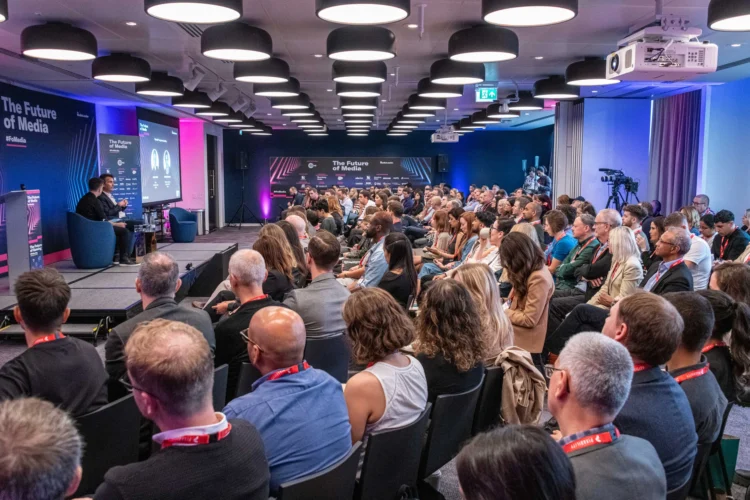How do we measure media’s impact beyond sales?

Opinion: 100% Media 0% Nonsense
Editor-in-chief Omar Oakes reviews the week in media, including what happened at our flagship event The Future of Media.
Thanks to everyone who attended The Future of Media last week. It was only the third edition of this event since it launched as an in-person conference in 2021 and I’m so proud of how much it has grown in a short space of time.
I was personally intrigued to interview Havas and Vivendi chairman Yannick Bolloré for the first time. We heard him speak frankly and candidly about how his advertising holding group is trying to compete against bigger global rivals, and how he has tried to manage the Vivendi conglomerate and all its disparate functions in a world where it increasingly competes with global Big Tech giants, let alone traditional media incumbents. And he didn’t duck my questions about Shell and greenwashing.
Read a summary of the interview and we’ll publish the full video/audio in the coming days.
Bolloré also attended our private leaders’ debate at The Future of Media, where some of the UK’s leading media-owner, agency and marketing executives were invited to speak openly about what this industry needs to do to become more effective, prosperous and equitable. In general, two themes emerged:
- The media agency/client model is still a source of complaint (although I wonder how much the room was influenced by Monday’s WFA/MediaSense report) and there is clearly a trust or expectations issue to be resolved in the long-term. Advertisers can’t keep demanding more for less while expecting agencies to deliver quality service while internally restructuring to better deliver for changing audiences and technologies;
- We need a more robust language and measurement framework around what makes media special. We all know intuitively how important media is for driving culture; that is, it is far more than something businesses advertise in to drive sales. But can we be better at telling that story with harder numbers and stronger words?
That is just a sliver (a sliver of a sliver) of what was discussed at The Future of Media and The Future of Gaming this week. We will do all we can to bring you the key ideas, opinions and learnings from what we heard during the two days.
Planning better relationships in 2024
But another important thing should not be forgotten either as we think about not just media’s future, but its present, too — media will always be about relationships, even as tech becomes even more essential and planning principles remain relevant. Whether we work in media sales, marketing, client services, run the business, or offer technical expertise, are we doing everything we can to create better relationships internally and externally?
I suspect we can do much more. The internet has created a buffet of tools that are not just easy to use, but easy to abuse. We email when we could call. We schedule Zooms instead of coffees. We log on to social media to complain about the world’s problems instead of taking the time to think or act on the solutions.
It’s easy to advocate for quality of media when it comes to content, but what about quality of media when it comes to relationships? As we sit down over the next few weeks to finalise our business plans for 2024, let’s set targets to improve the quality of our interactions.
That is the best short-term answer I can come up with for improving the impact of this industry.
This article is taken from The Media Leader‘s Friday ‘Week in Review’ newsletter, in which Omar Oakes and the editorial team discuss the key issues and stories over the past seven days in media and advertising.
 Omar Oakes is editor-in-chief of The Media Leader and leads the publication’s TV coverage.
Omar Oakes is editor-in-chief of The Media Leader and leads the publication’s TV coverage.
‘100% Media 0% Nonsense’ is a weekly column about the state of media and advertising. Make sure you sign up to our daily newsletter to get this column in your inbox every Monday.



